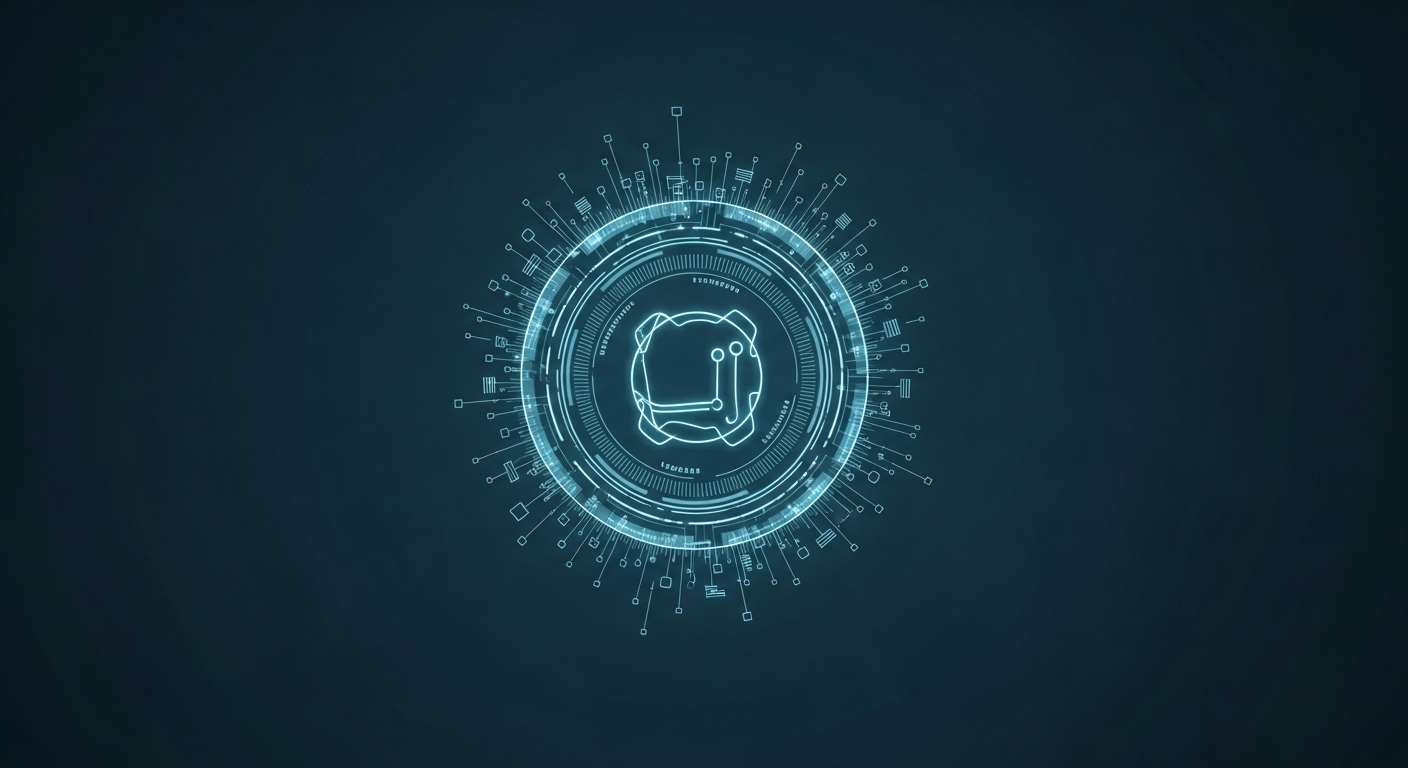Technology has always been the cornerstone of human progress. From the discovery of fire to the development of the internet, human civilization has continuously leveraged innovations to improve life, expand knowledge, and connect the world. Today, technology permeates every aspect of our daily existence, from the way we communicate to the way we work, travel, and even think. In this blog post, we explore the evolution, impact, and future of technology across multiple sectors, highlighting how it has transformed the modern world.
The Historical Trajectory of Technology
The story of technology begins in ancient times when humans first discovered tools and basic methods to manipulate their environment. The Stone Age was marked by the use of simple tools, while the Bronze and Iron Ages introduced advanced materials and metallurgy. These early innovations laid the foundation for civilization by enabling humans to farm, hunt, and construct more efficiently.
The Industrial Revolution in the 18th and 19th centuries represented a major turning point. Steam engines, mechanized looms, and railroads revolutionized production and transportation, leading to unprecedented economic growth. Factories emerged as centers of mass production, and urbanization accelerated as people migrated to cities for work.
The 20th century brought the era of electronics, computing, and telecommunications. The invention of the telephone, radio, and television connected people across continents, while computers transformed data processing, scientific research, and business operations. The development of the internet in the late 20th century revolutionized communication, information sharing, and commerce, creating a global village where knowledge and culture can be exchanged instantaneously.
Computing Technology: From Mainframes to Personal Devices
Computers have evolved dramatically over the past decades. Early mainframe computers were enormous machines that occupied entire rooms and were accessible only to large organizations. These machines were capable of complex calculations, but their use was limited by cost and technical requirements.
The introduction of personal computers in the 1980s democratized computing. Individuals could now own a computer at home or in the office, opening the door to widespread software development, digital creativity, and personal productivity. Companies like Apple, Microsoft, and IBM played pivotal roles in this transformation, offering hardware and software solutions that became household names.
The 21st century has seen the rise of mobile computing. Smartphones, tablets, and wearable devices have made computing portable, intuitive, and integrated into everyday life. Mobile apps now cater to almost every need, from banking and education to entertainment and health monitoring. Cloud computing further enhanced the capabilities of devices, allowing data storage, collaboration, and processing to occur seamlessly across multiple devices and locations.
Artificial Intelligence and Machine Learning
One of the most transformative technologies of our era is artificial intelligence (AI). AI involves creating systems that can perform tasks typically requiring human intelligence, such as decision-making, problem-solving, and language understanding. Machine learning, a subset of AI, allows computers to learn from data and improve their performance without explicit programming.
AI applications are ubiquitous. In healthcare, AI algorithms assist in diagnosing diseases, analyzing medical images, and predicting patient outcomes. In business, AI drives customer personalization, fraud detection, and supply chain optimization. Autonomous vehicles, powered by AI, promise to redefine transportation by enhancing safety and efficiency. AI-powered virtual assistants, like chatbots, provide real-time support, making interactions with technology more natural and intuitive.
The ethical and societal implications of AI are equally significant. Questions about job displacement, privacy, algorithmic bias, and decision-making accountability have sparked debates among policymakers, technologists, and the public. Striking a balance between technological advancement and social responsibility remains a crucial challenge.
The Internet of Things: Connecting Everything
The Internet of Things (IoT) refers to the network of physical objects embedded with sensors, software, and connectivity, enabling them to collect and exchange data. From smart homes and wearable fitness trackers to industrial automation and smart cities, IoT devices are increasingly integrated into daily life.
IoT has transformed industries by enabling real-time monitoring, predictive maintenance, and data-driven decision-making. In agriculture, IoT sensors monitor soil conditions, water usage, and crop health, improving yield and sustainability. In healthcare, wearable devices track vital signs, alerting patients and doctors to potential health issues. Smart cities leverage IoT to optimize traffic management, energy consumption, and public safety.
The proliferation of IoT devices also raises security and privacy concerns. Each connected device represents a potential entry point for cyberattacks. Ensuring robust security measures, encryption, and user awareness is critical to protecting sensitive data and maintaining trust in IoT systems.
Cybersecurity: Protecting the Digital Realm
As technology advances, so do the threats associated with it. Cybersecurity has become a central concern for individuals, organizations, and governments. Cyberattacks can range from data breaches and identity theft to ransomware attacks and state-sponsored cyber warfare.
The field of cybersecurity involves developing measures to prevent, detect, and respond to cyber threats. Encryption, firewalls, intrusion detection systems, and multi-factor authentication are some of the tools used to safeguard digital assets. Organizations increasingly adopt a proactive approach, using threat intelligence, behavioral analytics, and AI-powered security systems to anticipate and mitigate attacks.
The human element remains a critical factor in cybersecurity. Social engineering attacks exploit human psychology rather than technical vulnerabilities. Training, awareness, and ethical practices are essential components of a comprehensive cybersecurity strategy.
Blockchain and the Future of Decentralized Systems
Blockchain technology has gained attention as a secure, transparent, and decentralized way to record transactions and manage data. Originally developed for cryptocurrencies like Bitcoin, blockchain’s potential extends far beyond digital currency.
Blockchain enables trustless systems where transactions are verified by a network of participants rather than a central authority. This technology is being applied to supply chain management, healthcare records, voting systems, and digital identity verification. Its inherent security, immutability, and transparency make it suitable for scenarios where data integrity is paramount.
Despite its promise, blockchain faces challenges such as scalability, energy consumption, and regulatory acceptance. Researchers and developers are exploring solutions like proof-of-stake algorithms, layer-two protocols, and hybrid systems to make blockchain more efficient and environmentally friendly.
Emerging Technologies: Quantum Computing and Beyond
Quantum computing represents the next frontier of technology. Unlike classical computers, which use bits to represent information as 0s or 1s, quantum computers use qubits that can exist in multiple states simultaneously. This property, known as superposition, allows quantum computers to perform certain calculations exponentially faster than classical machines.
Quantum computing has the potential to revolutionize fields such as cryptography, material science, drug discovery, and complex simulations. For example, quantum algorithms could break current encryption methods, necessitating the development of quantum-resistant cryptography. Researchers are also exploring how quantum computing can optimize logistics, financial modeling, and climate simulations.
Other emerging technologies, including augmented reality (AR), virtual reality (VR), biotechnology, and nanotechnology, continue to expand the boundaries of innovation. AR and VR are transforming education, training, and entertainment by creating immersive experiences. Biotechnology advances are revolutionizing healthcare through gene editing, personalized medicine, and synthetic biology. Nanotechnology promises breakthroughs in materials, energy storage, and environmental sustainability.
The Role of Technology in Society
Technology is not just a set of tools; it shapes culture, society, and human behavior. Communication platforms like social media have transformed how people interact, access information, and mobilize for social causes. Streaming services, gaming, and online content have reshaped entertainment and media consumption patterns.
Education has been profoundly impacted by technology. Digital learning platforms, online courses, and interactive simulations make education more accessible and personalized. Students can learn at their own pace, explore global perspectives, and acquire skills relevant to the modern workforce.
However, technology also presents challenges. Overreliance on digital devices can affect mental health, social skills, and attention spans. Misinformation, cyberbullying, and digital addiction are pressing societal concerns. Striking a balance between harnessing technology for progress and maintaining human well-being is essential.
The Future of Work: Automation and Human-AI Collaboration
The workplace is undergoing a radical transformation due to technology. Automation, AI, and robotics are reshaping industries, increasing productivity, and altering job requirements. Routine and repetitive tasks are increasingly performed by machines, freeing humans to focus on creativity, problem-solving, and strategic thinking.
Human-AI collaboration is emerging as a key model for the future of work. AI systems assist professionals in decision-making, data analysis, and innovation, while humans provide context, ethical judgment, and emotional intelligence. This synergy has the potential to enhance productivity, reduce errors, and foster innovation across sectors.
Lifelong learning and adaptability are becoming essential skills in this evolving landscape. Workers must continuously acquire new technical competencies and soft skills to thrive in a rapidly changing environment.
Ethical Considerations and Responsible Innovation
As technology advances, ethical considerations become increasingly important. Issues such as data privacy, algorithmic bias, AI decision-making, environmental impact, and equitable access require careful consideration. Technology is a powerful tool, but it must be guided by principles that prioritize human welfare, fairness, and sustainability.
Responsible innovation involves designing technology with social, environmental, and ethical impacts in mind. This approach encourages collaboration between technologists, policymakers, ethicists, and the public to ensure that technological progress benefits society as a whole.
Conclusion: Embracing a Technological Future
Technology has transformed the world in ways unimaginable just a few decades ago. From computing and AI to IoT, blockchain, and quantum computing, innovations continue to reshape our lives, economies, and societies. While technology offers tremendous opportunities, it also poses significant challenges that require careful management, ethical consideration, and human oversight.
The future will likely be defined by a seamless integration of humans and technology, where innovation drives progress, sustainability, and inclusivity. Embracing change, fostering curiosity, and prioritizing responsible development are essential for navigating the complex and dynamic technological landscape of the 21st century.
The story of technology is the story of human ingenuity, and its journey is far from over. As we stand at the crossroads of innovation and societal impact, our choices today will shape the world of tomorrow.



